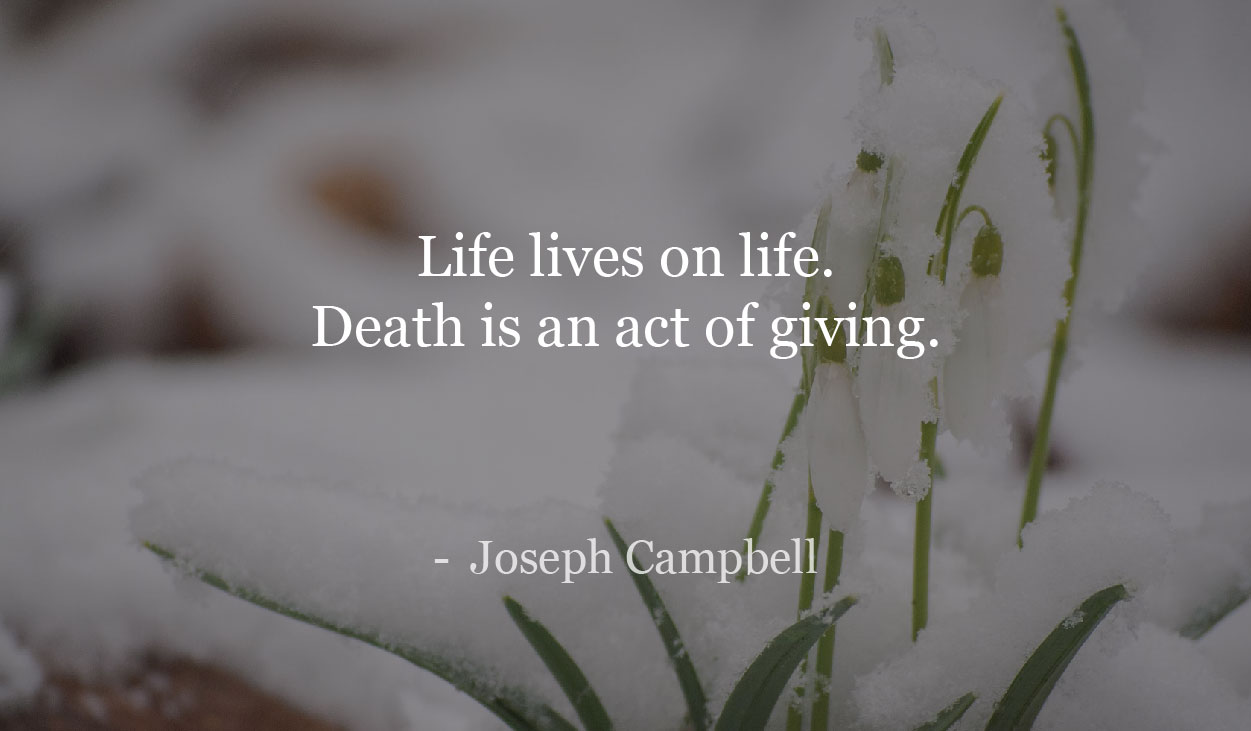It’s safe to assume we all know what reptiles are.
You’ve probably seen at least one documentary featuring the animal kingdom. Maybe you’ve even visited a natural museum and passed by the reptile section. The variation looks infinite, yet there’s one reptile that sits above the rest.
Snakes seem to be the kings of these cold-blooded vertebrates.
Contrary to some beliefs, snakes have been viewed as positive symbols throughout history.
While I have no problem looking at a snake, others find them totally repelling.
The sheer thought of a snake’s movement can trigger anxiety.
Some even have nightmares and consider them evil.
Regardless, history has presented snakes as beneficial symbols in health, spirituality, and even wisdom. From the healing totem of Caduceus to depictions of fertility and the afterlife, this concept dates back millennia.
One of the most intriguing of all is the ouroboros symbol.
This is a depiction of a snake eating its tail, or of two snakes eating each other’s tail, with its earliest recordings found in Egypt.
The tomb of Tutankhamun, that dates back to 1500 BCE, holds a text known as the Enigmatic Book of the Netherworld. Inside this book, there’s a depiction of three registers representing the journey between the darkness and light, the transformations undergone by the sun god as it passes through Netherworld.
But there’s a central piece that stands out.
It spans the entire height of these registers. It may be a depiction of Tutankhamun himself, representing the ideal all should aspire to. This central piece is called “He who hides the hours,” and has an ouroboros symbol both around its head and feet. The entire assembly along with the text refer to the beginning and end of time.
This is the earliest representation of ouroboros.
However, the ouroboros symbol appears across various cultures worldwide. The Hindu, Roman, Greek, Norse, and even South American societies link ouroboros to their mythological and religious heritage.
Ouroboros is also present in alchemy, Gnosticism, and Theosophy.
Here, its meaning gravitates around three concepts:
First – pertains to a cosmic and Earthly perspective. It represents the continuous cycle of life and death. It’s also a symbol for the transmutation of elements throughout the universe.
Second – relates to fertility. It suggests the restructuring of Earth’s abundant resources after chaotic cycles and the continuous process of multiplication through unification.
Third – is probably the most intriguing. This is the meaning most spiritual practitioners attribute to ouroboros. They assume the snake is eating its own tail as a symbol of our Kundalini energy rising through the gates of consciousness (primary chakras). This flow exists our energetic system through our crown chakra, returning along our bodies all the way down to the sacral chakra, therefore eating its own tail.
This third point represents the most sacred and pure moment a individual can experience.
It’s when it transcends its earthly instincts, fears, and imbalances, breaking the chains of karma.
This concept is beautifully illustrated in Buddhism through the Bodhisattva statues, with their eyes half-closed, and having auras around their bodies, signaling their transition from the material to the spiritual world, while offering unconditional compassion to all living beings.
These concepts inspire many spiritual practitioners to aim for a special state of consciousness.
More exactly the state where one transcends the limitation of physical boundaries and existing solely to integrate spiritual values and prepare for dematerialization without the need for reincarnation.
In simpler terms…
Ouroboros symbolizes spiritual awakening.
The Ouroboros And Reiki
I first learn about the ouroboros concept from one of my teachers.
He used to say:
“Reiki is only one of the many paths you can take to reach this state.”
Therefore, regardless of the spiritual practice of choice, you must immerse yourself in introspection, embrace self-observation and be connected to the physical world to gain awareness of your resonance and perception.
Only so will you be able to uncover the tools needed to upgrade your state of being.
How Reiki contributes to spiritual awakening:
- Cleansing the primary chakras: this process enables access to the levels of consciousness attributed to each of them.
- Cleansing & stimulating the Kundalini energy: located at the base of the spine, the Kundalini energy is responsible for heightened levels of awareness and an abundant flow of vital energy.
- Creates a clear channel for Kundalini: this energy must rise to help you connect to your higher self. At one point, Kundalini energy resembles a snake eating its tale, therefore, completing the cycle of spiritual ascension. It’s when you get to transmute all negative energies into positive emotions. Just like the story of Tutankhamun.
This is a perfect example of Reiki’s true potential.
You can always practice Reiki to relax. You can even use it to heal certain imbalances, whether they are physical in nature or energetic. Still, its main role, even though not clear at first sight, is to act as a catalyst for spiritual growth.
The ouroboros concept corresponds of Reiki’s true worth.
To sum up this lesson:
• Ouroboros is a symbol of the natural cycle of life.
• It’s reminder that we’re not on a linear trajectory.
• This cycle can be random or intentional.
• You have the option to learn and evolve at each stage.
• Regardless of the tools, you must embrace self-discovery.
• Reiki and other practices can help us find balance.
• As you develop your awareness, you also get closer to divine consciousness.
• You resemble a snake eating its tale.
• The ultimate state is when there’s no need for rebirth.
Do you use Reiki for spiritual growth?
